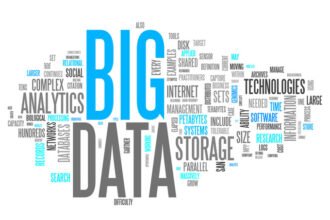Sometimes people talk about the value of data mining or predictive analytic modeling coming from “aha moments”, where the analytics deliver some piece of dramatic insight that enables a company to see some fantastic new market opportunity or fundamentally change the way it does something. This is only a small part of the story.
The companies I work with or know of get tremendous value from analytics by applying analytics to improving operational decisions. They use analytics:
Sometimes people talk about the value of data mining or predictive analytic modeling coming from “aha moments”, where the analytics deliver some piece of dramatic insight that enables a company to see some fantastic new market opportunity or fundamentally change the way it does something. This is only a small part of the story.
The companies I work with or know of get tremendous value from analytics by applying analytics to improving operational decisions. They use analytics:
- To better predict the fraud risk of a claim so they can pay fewer fraudulent claims.
- To better predict credit risk so they can manage credit lines more effectively.
- To predict which cross-sell offer will be most likely to succeed.
- To predict which price with convert a visitor.
These companies have an implementation process to make sure analytically derived predictions are turned into useful actions, often by applying business rules technology.
So when you think about analytics, don’t think only about aha moments, think about the operational, transactional, micro-decisions that drive your business. Think about how analytics could make each of those decisions a little better, adding up to a whole lot of value. It’s not about “aha” moments – It’s about making better operational decisions.
Decisions are where the business, analytics and IT all come together.
[Article first published in the Decision Management Solutions December 2010 newsletter]






